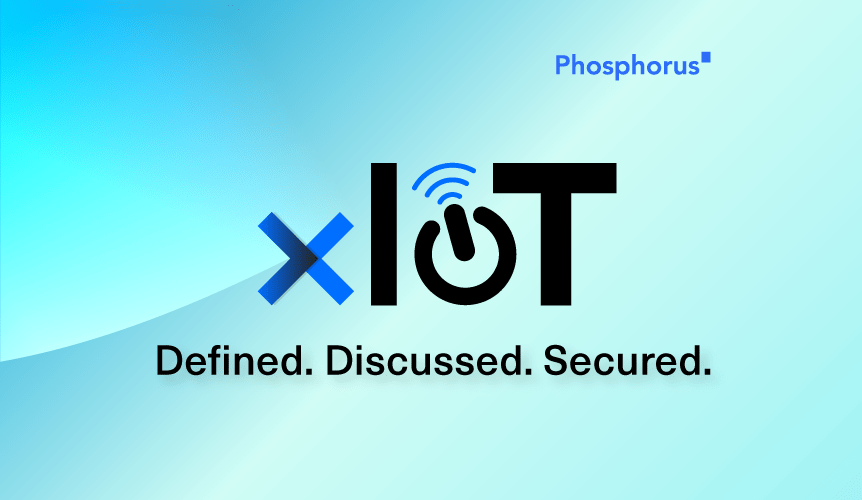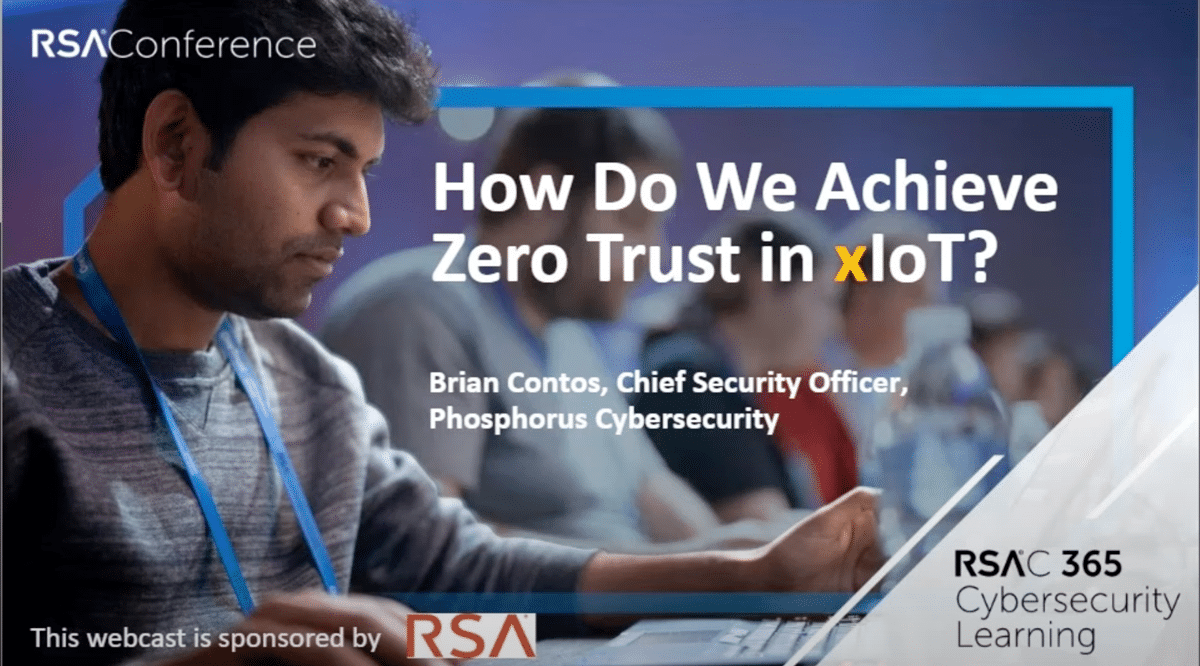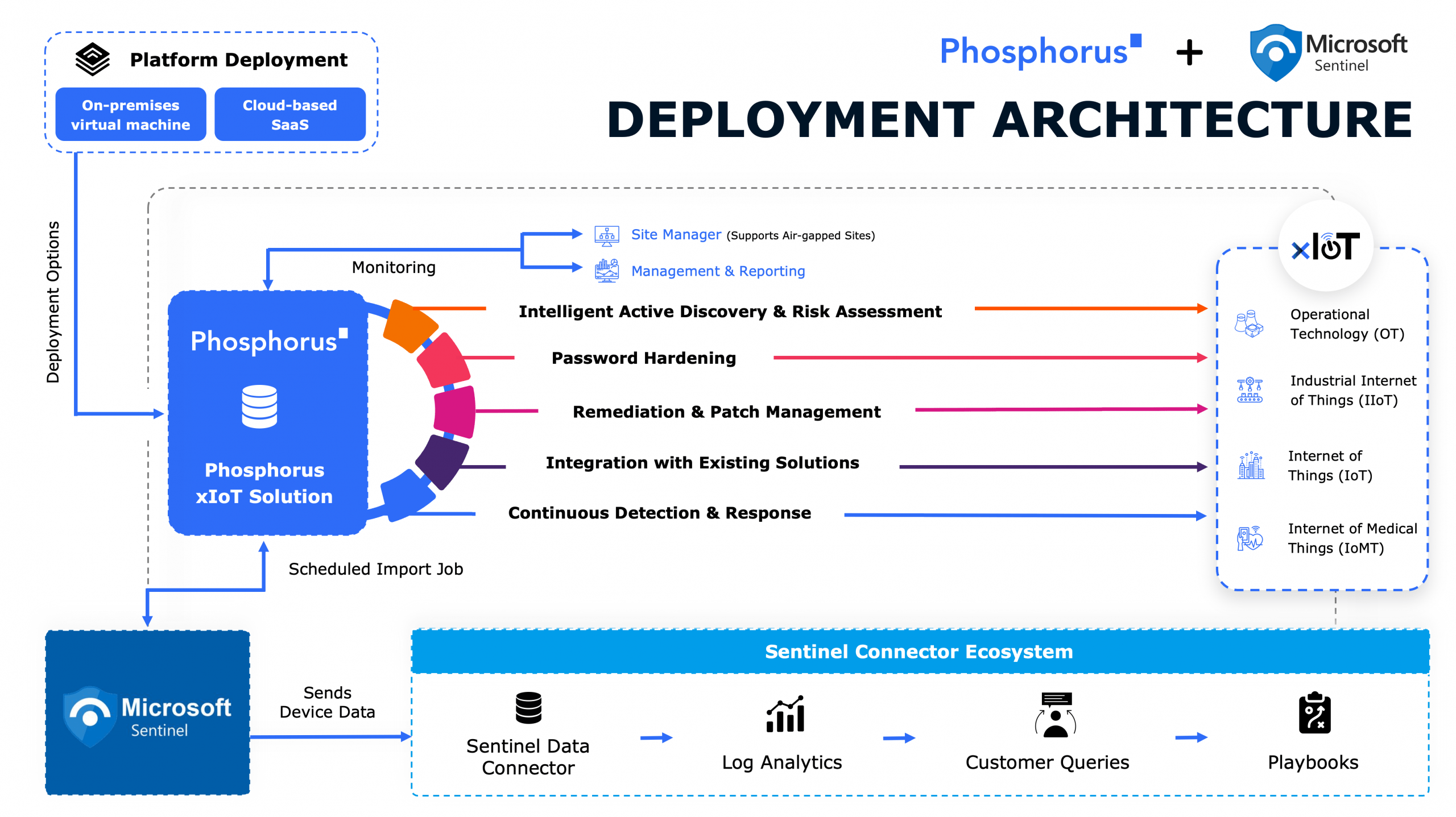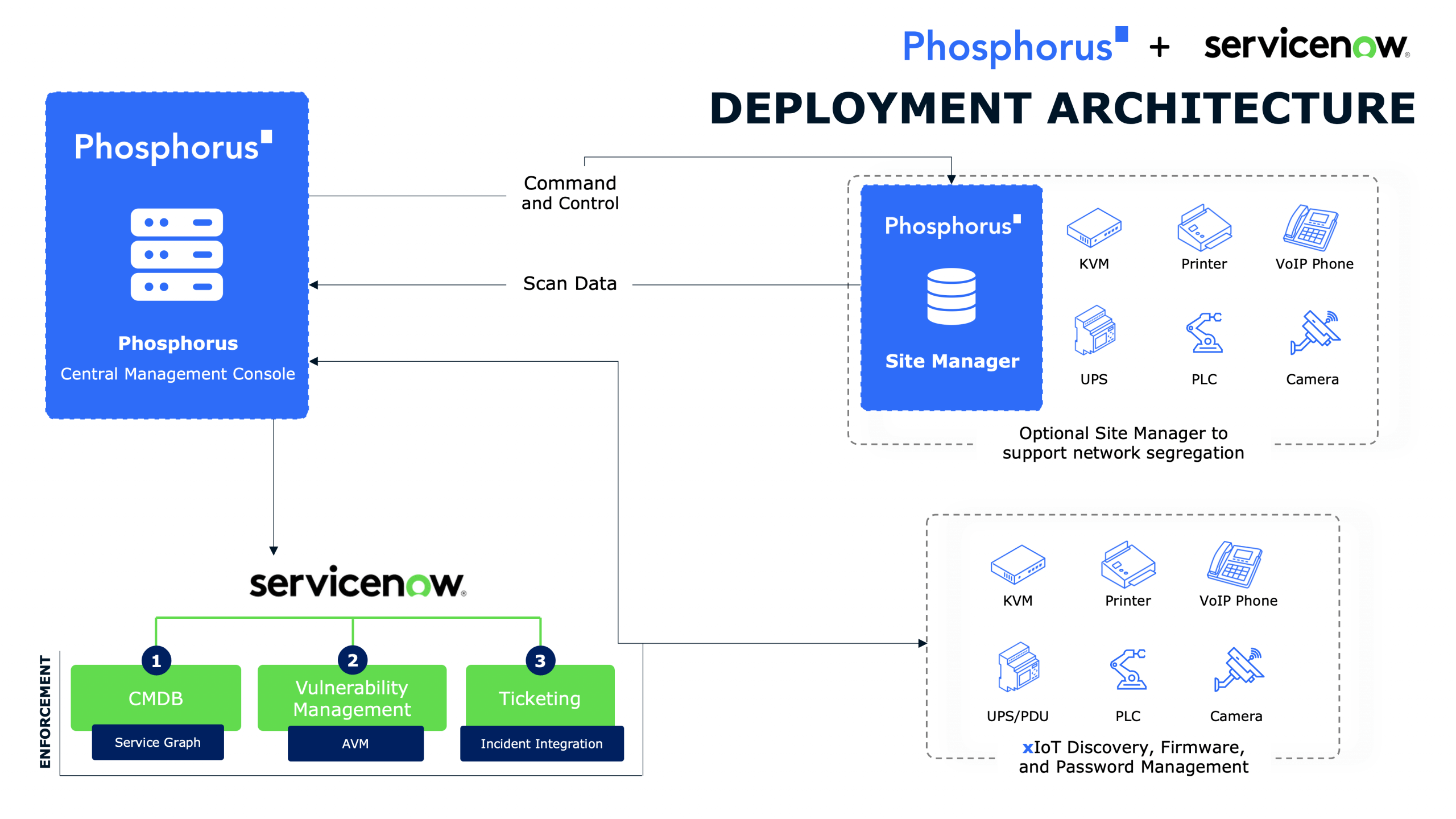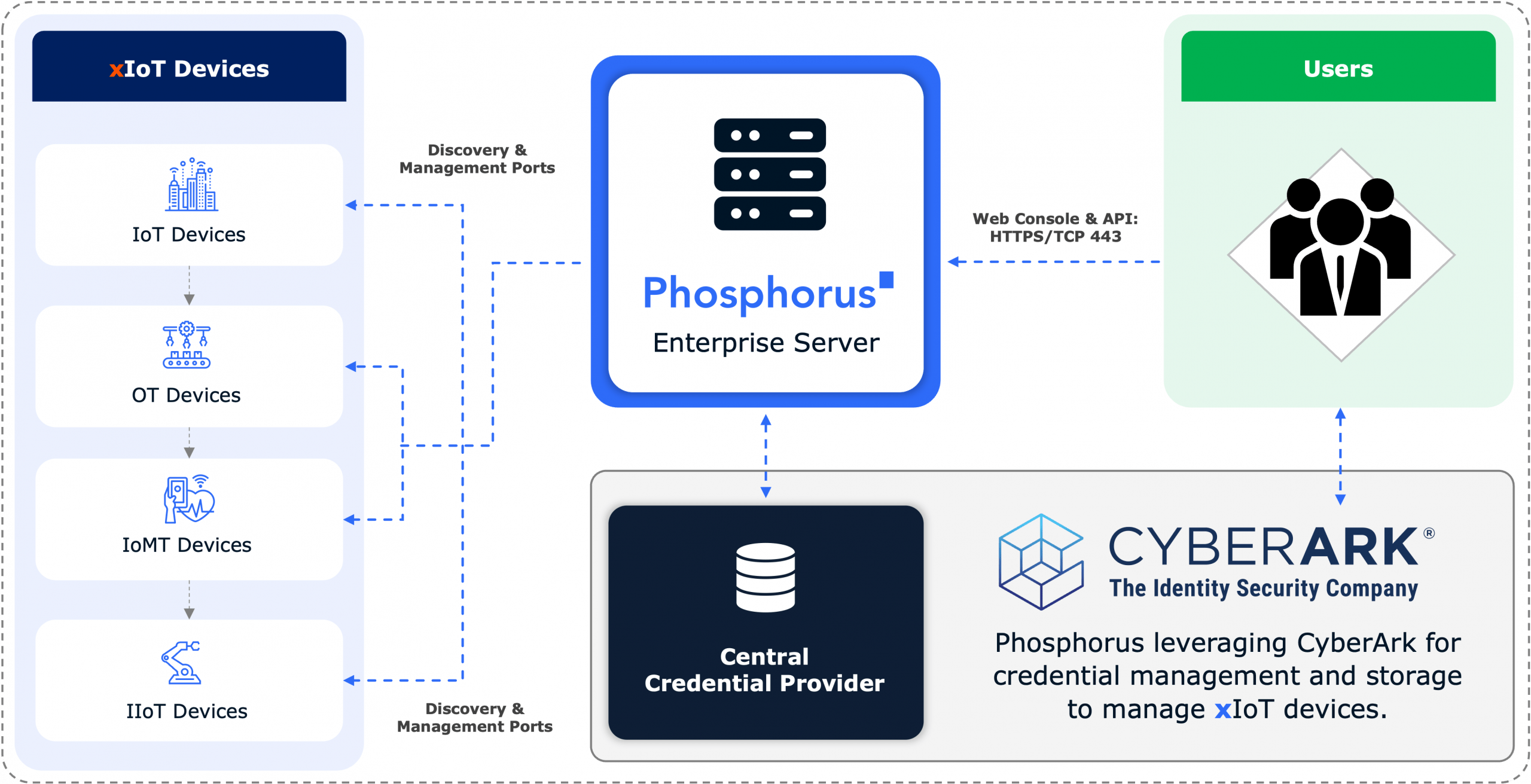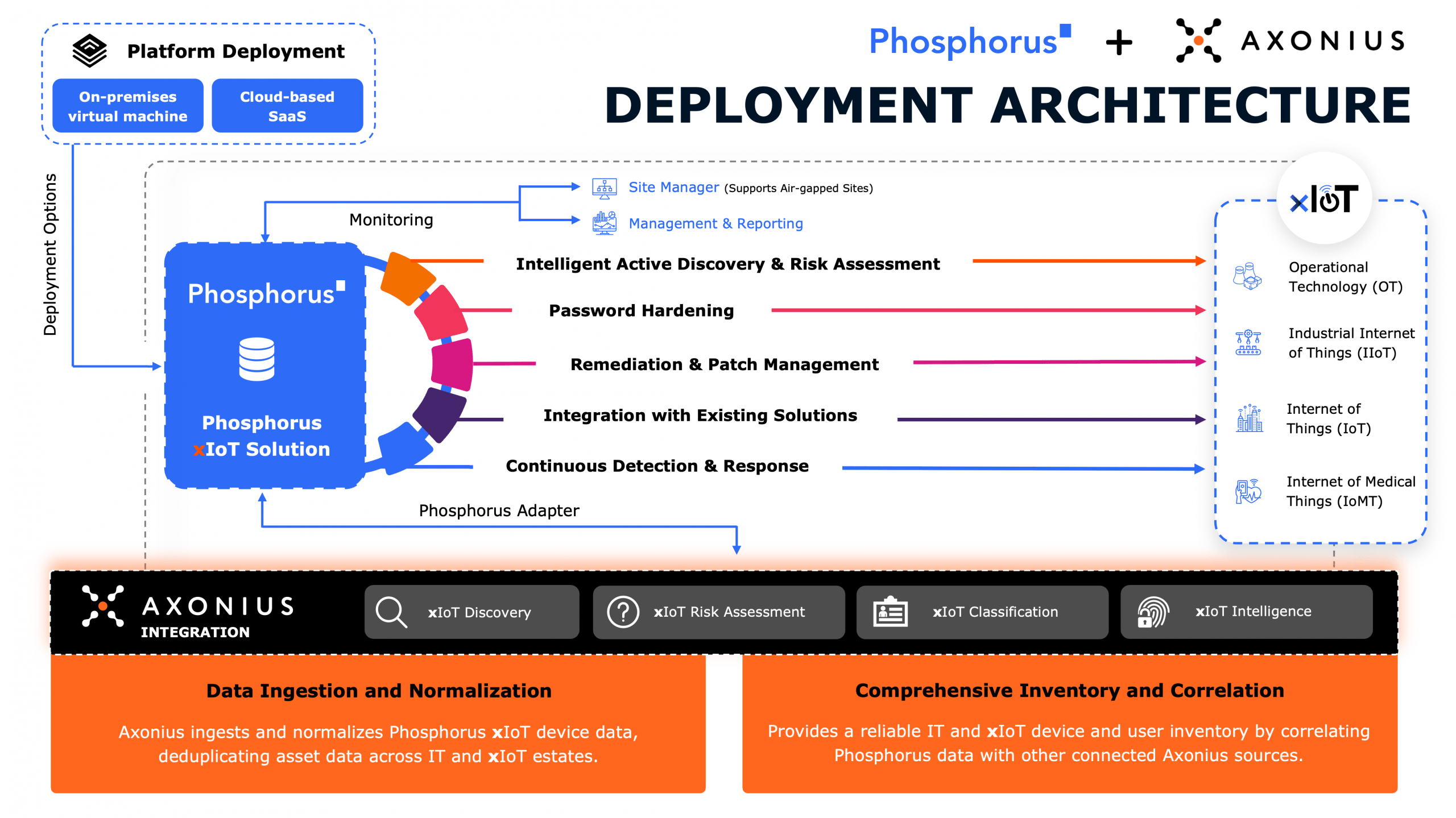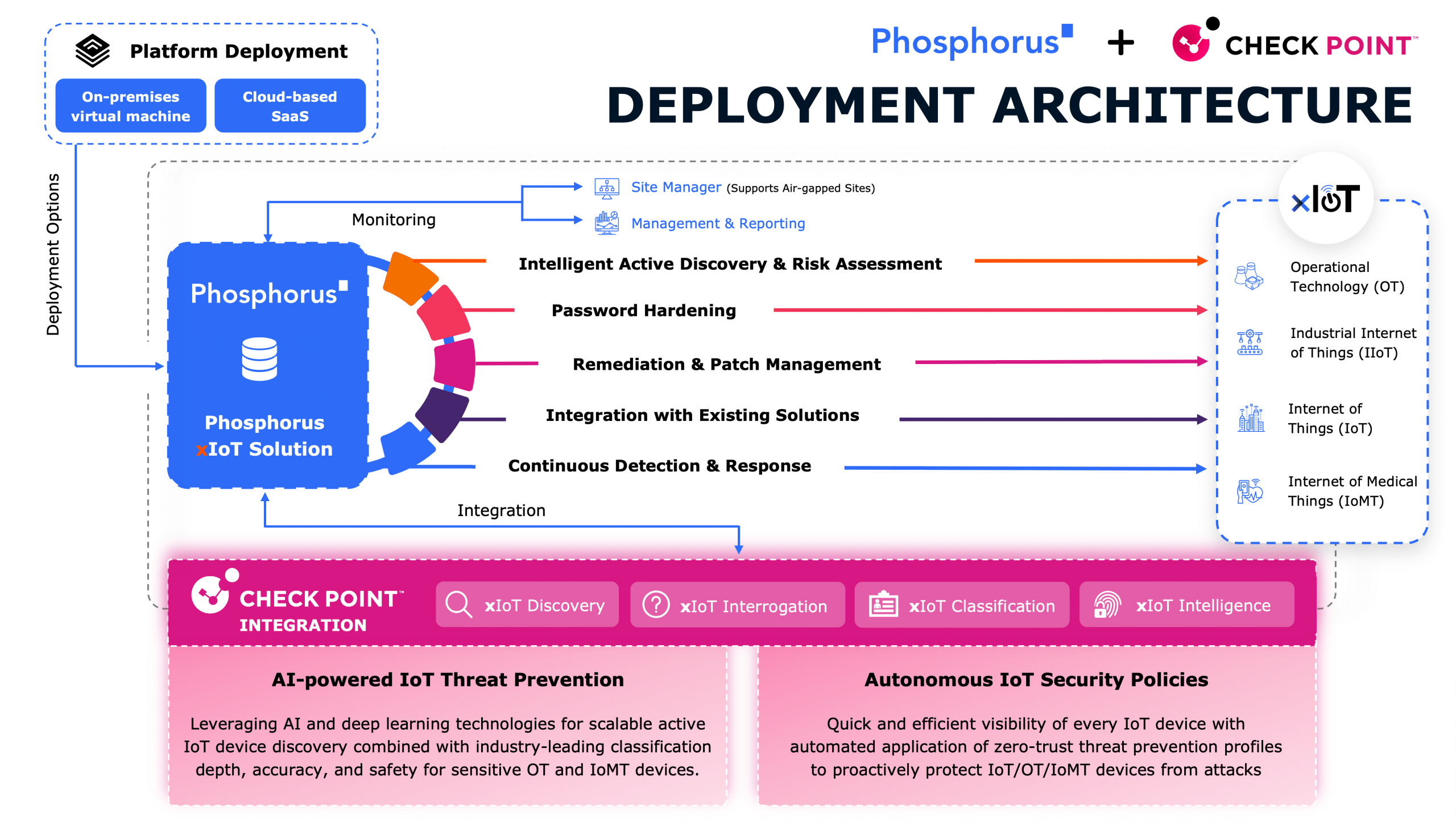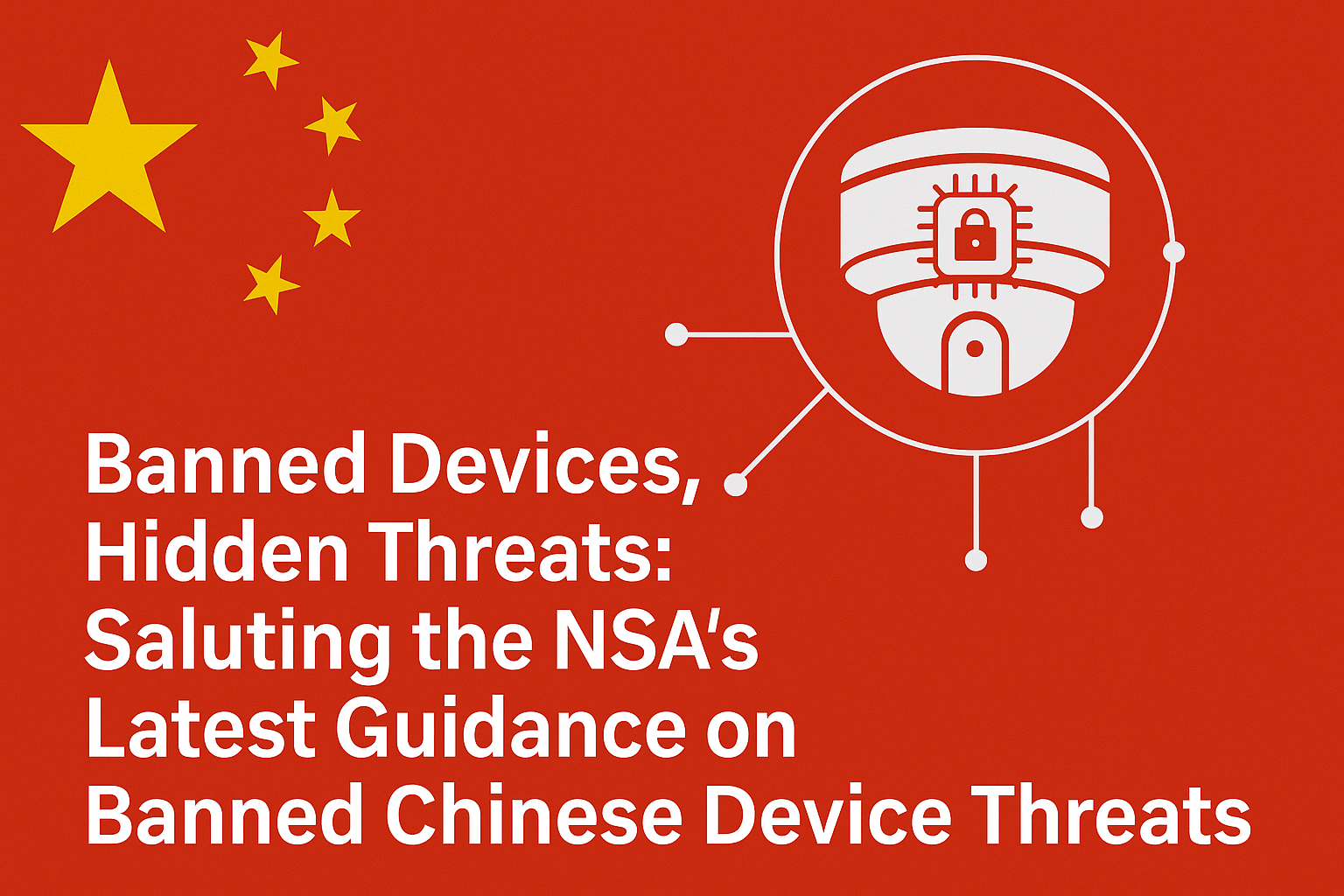
At Phosphorus, our commitment is unwavering: we help organizations uncover, understand, and secure the extended Internet of Things (xIoT) so that no device becomes a hidden vulnerability. Today, we applaud the National Security Agency (NSA) and its partners for releasing the timely joint Cybersecurity Advisory, “NSA and Others Provide Guidance to Counter China State‑Sponsored Actors Targeting Critical Infrastructure Organizations.”
Why This NSA Action Matters
As outlined in the advisory, advanced persistent threat (APT) actors sponsored by the Chinese government systematically compromise infrastructure sectors, including telecommunications, transportation, government, and military, to build a global espionage network. The NSA’s coordinated release exposes the tactics, techniques, and procedures (TTPs) and provides clear indicators of compromise (IOCs), CVEs exploited, and threat-hunting guidance. These insights are critical for defenders securing mission-critical networks.
NSA Recommendations in Action – Where Phosphorus Adds Unique Value
In its guidance, the NSA specifically mentioned several foundational security practices. At Phosphorus, we’re proud to deliver these uniquely at scale for xIoT environments, where billions of connected devices introduce risks that manual processes cannot manage.
- Configuration Management & Audit:
NSA recommends ensuring all networking configurations are stored, tracked, and regularly audited against approved baselines. Phosphorus automates this for xIoT devices, continuously validating device configurations and highlighting drift before attackers exploit it. - Disable Unused Ports & Protocols:
NSA highlights the importance of shutting down unused services and only using encrypted/authenticated protocols (SSH, HTTPS, SFTP/SCP). Phosphorus enables this automatically for xIoT devices, closing down Telnet, FTP, HTTP, and other unnecessary services across fleets of devices. - Eliminate Default Credentials:
NSA calls for changing all default administrative credentials. Phosphorus uniquely provides automated credential rotation across millions of devices, eliminating one of the most commonly exploited vulnerabilities in connected environments. - Maintain Supported and Patched Firmware:
NSA underscores the need to run vendor-supported OS versions and apply all patches. Phosphorus goes beyond visibility, automating firmware and patch management across xIoT devices to ensure environments stay secure and compliant.
These measures are often cited as “basic security hygiene” in IT and network security, yet are extremely difficult to execute consistently across the sprawling and heterogeneous world of xIoT. That’s why we created the Phosphorus platform: to make these NSA-recommended practices achievable at scale, across millions of unmanaged and often overlooked devices.
How Phosphorus Aligns With and Extends This Mission
Discovering Hidden, Unauthorized Devices
In our recent blog, “Identifying Banned Chinese Devices in Your Environment”, we detailed the pervasive risks posed by devices manufactured by companies like Huawei, Dahua, and Hikvision, even when disguised under Western or white-label brands. These hidden devices frequently evade traditional discovery tools and pose serious security and compliance threats under NDAA Section 889.
Deep, Active xIoT Detection – Beyond Passive Scanning
While advisory-driven detection focuses on signs of compromise or patching known vulnerabilities, our platform actively interrogates devices to determine their authentic identity, firmware version, and integrity, and risk exposure, even when devices are disguised or rebranded. This level of device-level visibility empowers defenders to identify banned equipment before it can be weaponized.
Automated Mitigation for High-Stakes Environments
Our platform doesn’t just detect; it includes policy-aligned actions such as alerting, hardening, or disabling devices in real time. This means that defenders can act fast once a threat or banned device is identified, reducing exposure windows that APT actors might exploit.
Why Collaboration is Key
The NSA advisory equips defenders with a playbook to hunt, identify, and eject Chinese state-sponsored threats. Phosphorus complements this by providing end-to-end visibility, automated response capabilities, and compliance alignment across all xIoT assets.
Together, national-level guidance and platform-level action form a powerful one-two punch—arming defenders to protect critical infrastructure from the hidden, evolving risks that xIoT ecosystems bring.
Final Word
We applaud the NSA, CISA, FBI, and international partners for raising the bar in collective cybersecurity. At Phosphorus, we reaffirm our mission of securing and managing every device, especially the ones hiding in plain sight.
If you’re ready to see how our platform uncovers banned devices and neutralizes risk, we encourage you to explore our deep dive: Identifying Banned Chinese Devices in Your Environment
Here’s to building a future where every device is visible, every risk is managed, and our infrastructure stays secure.
If you would like to schedule a personalized demo, please use the demo request form; https://phosphorus.io/request-a-demo/
Author
Phosphorus Cybersecurity
Phosphorus Cybersecurity® is the leading xTended Security of Things™ platform designed to find, fix, and monitor the rapidly growing and often unmonitored Things of the enterprise xIoT landscape.


